The number one organisational criterion for transport services is passenger demand forecasting. And since COVID entered our lives, avoiding crowded trains and buses has also become a key factor for passengers when choosing how to get to their destination. On the ground, operators and public transport authorities (PTAs) are trialling innovative smart solutions to forecast peak usage and keep passengers informed in real time.
In Dijon, ‘nudges’ encourage students to travel by bus.
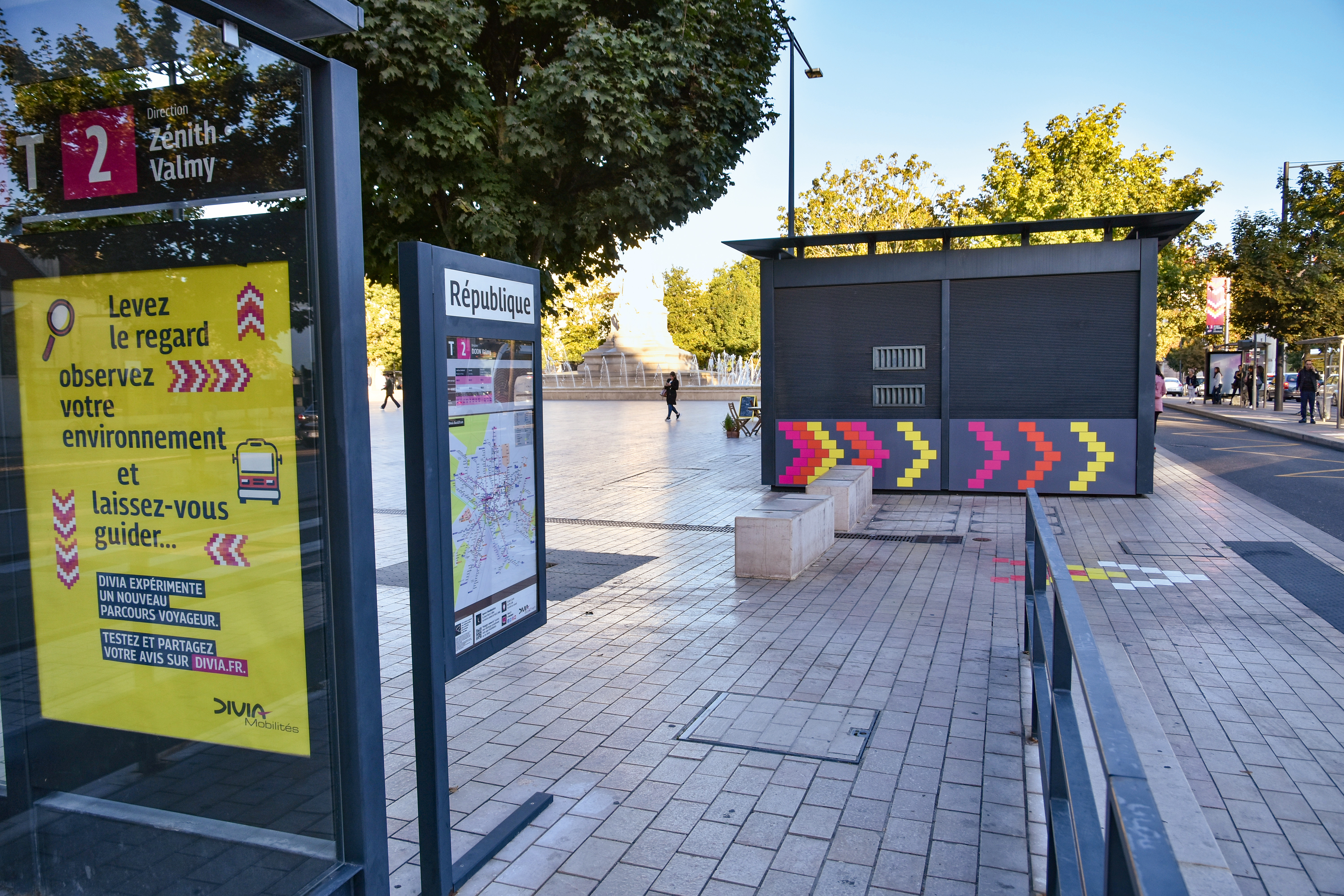
Monday, 8:30 a.m., somewhere in France…Crowds of people are waiting on the metro platform. A packed train pulls into the station. It’s rush hour and passengers jostle to get on the train. They don’t intend to wait for the next one.
It’s a scene played out most days in big city metro stations – and one of the five main sources of frustration with public transport identified by the Keoscopie mobility trends observatory. It has even become a source of stress since the COVID pandemic, due to social distancing protocols. Today, crowding is a key factor for passengers when choosing how to reach their destination, which is why both operators and PTAs are working to anticipate it better.
Several cities have grasped the nettle of crowding to avert nightmare scenarios. How can we anticipate peak usage? How do we help passengers choose the best options before setting out? Increasingly, transport professionals are innovating with passenger information and travel demand forecasting solutions. In Dijon, for example, Keolis Dijon Multimodalité has installed signage to guide students towards bus and tram stops in the city’s main square. The goal is to ease crowding in trams at peak hours by encouraging students alighting from line T2 to catch the Liane 3 bus to the university campus rather than line T1, with almost the same trip time. This approach has proved popular, earning Keolis Dijon an award from the French transport innovation agency.
In Dijon, coloured arrows prove popular with passengers.
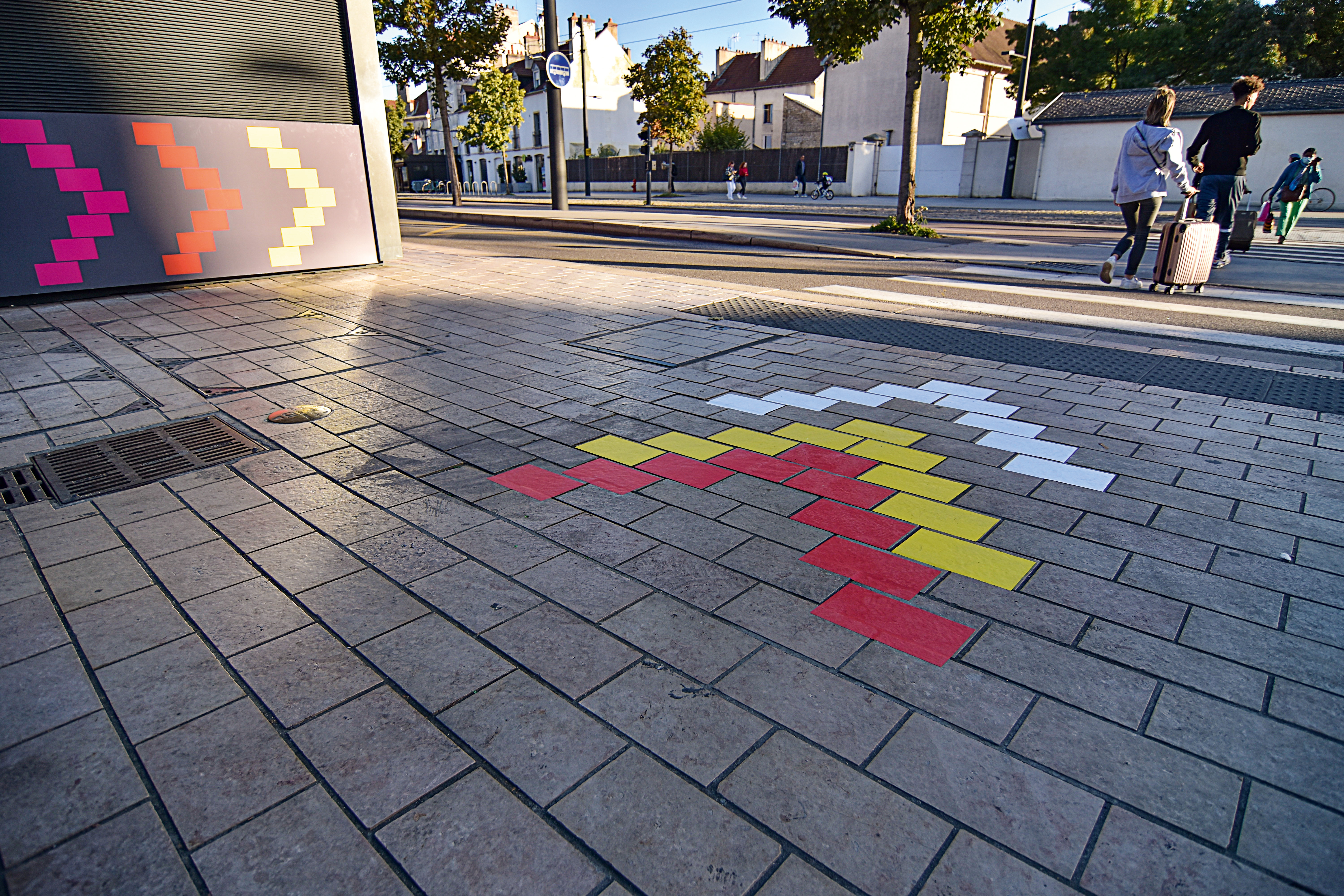
In Besançon, to anticipate peak overcrowding Keolis Besançon Mobilités has been trialling its Ginko app since last September with a group of beta testers. The app provides information on passenger numbers in real time and also predicts bus and tram usage in the Ginko network. Users can see passenger numbers at any given time as well as forecast usage – by day, line and stop – from data collected by counting systems and predicted peak usage adjusted in real time at each stop. The operator is eagerly awaiting the first results.
In Twente, bus services are adjusted according to weather conditions.
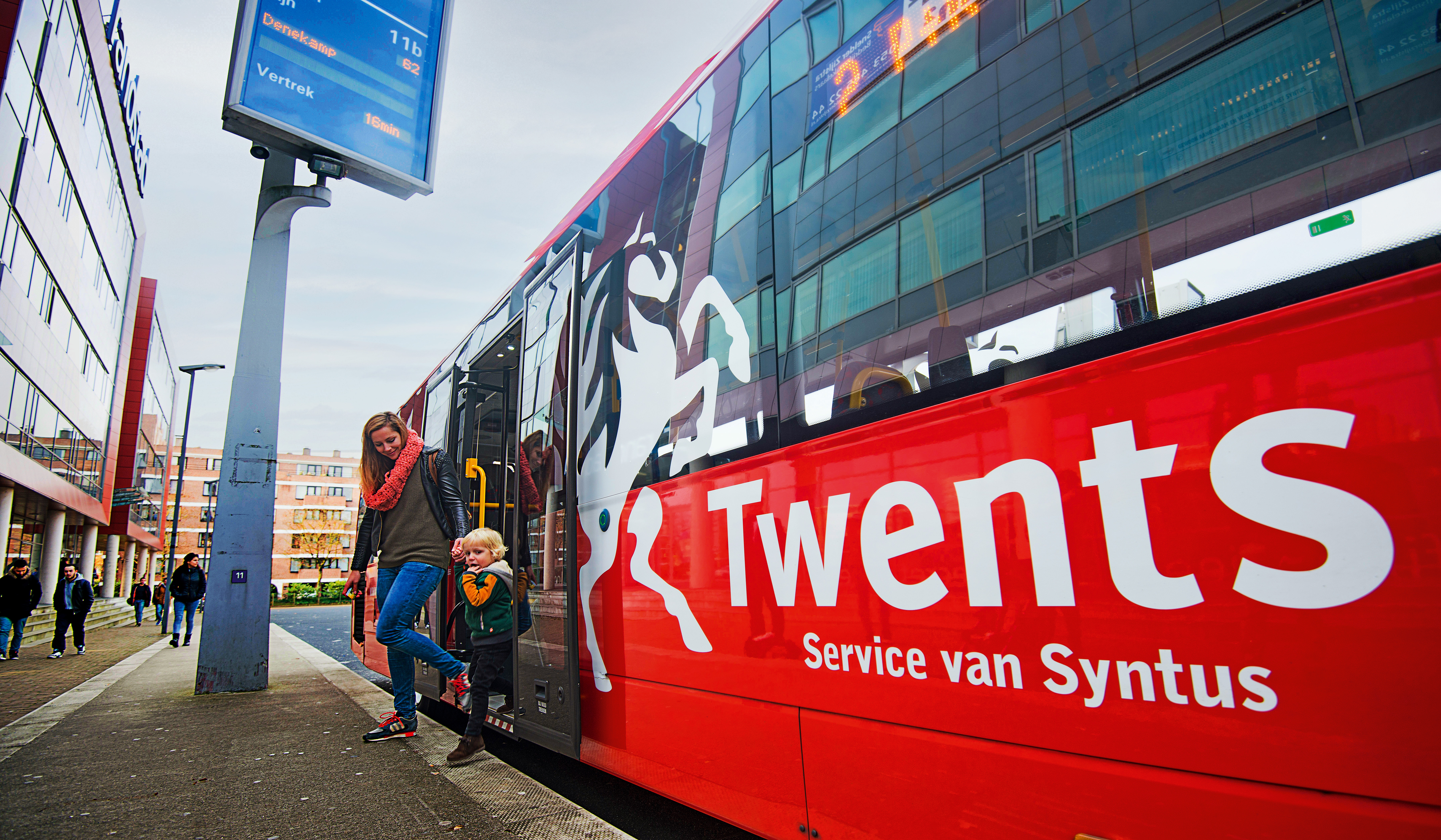
On Lyon’s TCL network, passenger numbers are bouncing back. Last August, PTA SYTRAL Mobilités announced nearly 400 million journeys on its network in 2022, up 19% on the previous year. To improve traffic flow and the passenger experience on metro line D – used by up to 300,000 people a day – last November the PTA and Keolis launched a new trial service. Here’s how it works: seconds before a train comes into a station, green, amber or red indicators light up on the platform just above where the doors open. These colour codes tell passengers how crowded each carriage is using captures from two cameras at previous stations on the line. After a six-month test phase, this new service is now operational at Sans Souci station. If results prove conclusive, it could be extended to other stations.
At Sans Souci station on the Lyon metro, coloured LEDs on the platform let passengers choose to get on less crowded carriages.
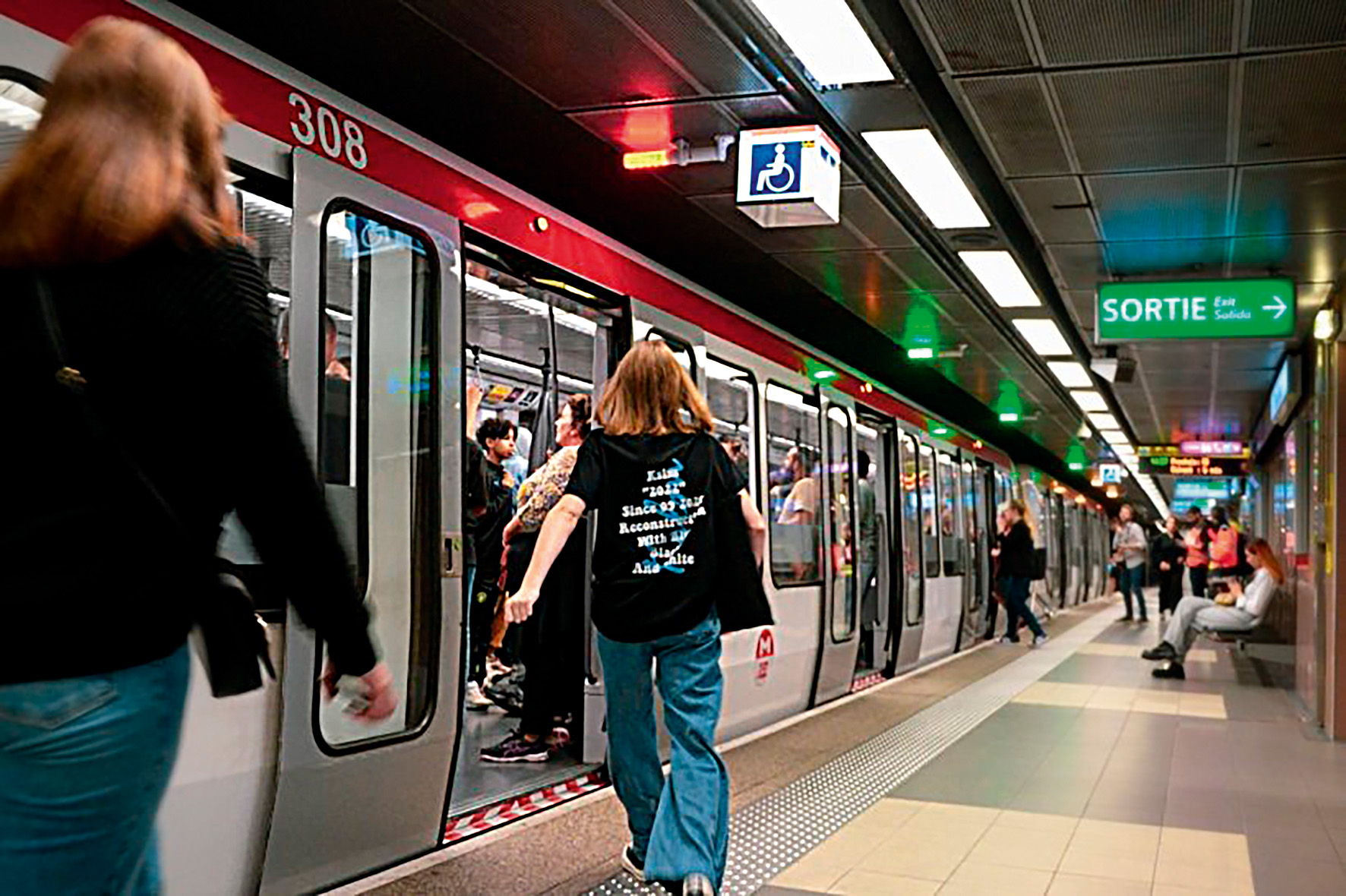
In the Netherlands, the city of Twente is using artificial intelligence (AI) to predict transport usage on the basis of weather conditions. With its North Sea coastline, the Netherlands gets mostly mild but also often damp and cloudy weather. This regularly generates extra demand for public transport, notably on weekdays. To optimise its bus service, Keolis Nederland used a deep-learning algorithm to analyse networks in this region bordering Germany. AI matched records of passenger journeys to weather conditions at bus times to reliably forecast passenger numbers. With this information, Keolis Nederland can adapt and optimally configure its services and dispatch buses in accordance with the weather. AI also improved usage forecast accuracy on Twente’s network by 27% during the week and 66% at weekends – a great result!
In Besançon, the Ginko app tells passengers how busy arriving buses and trams are.
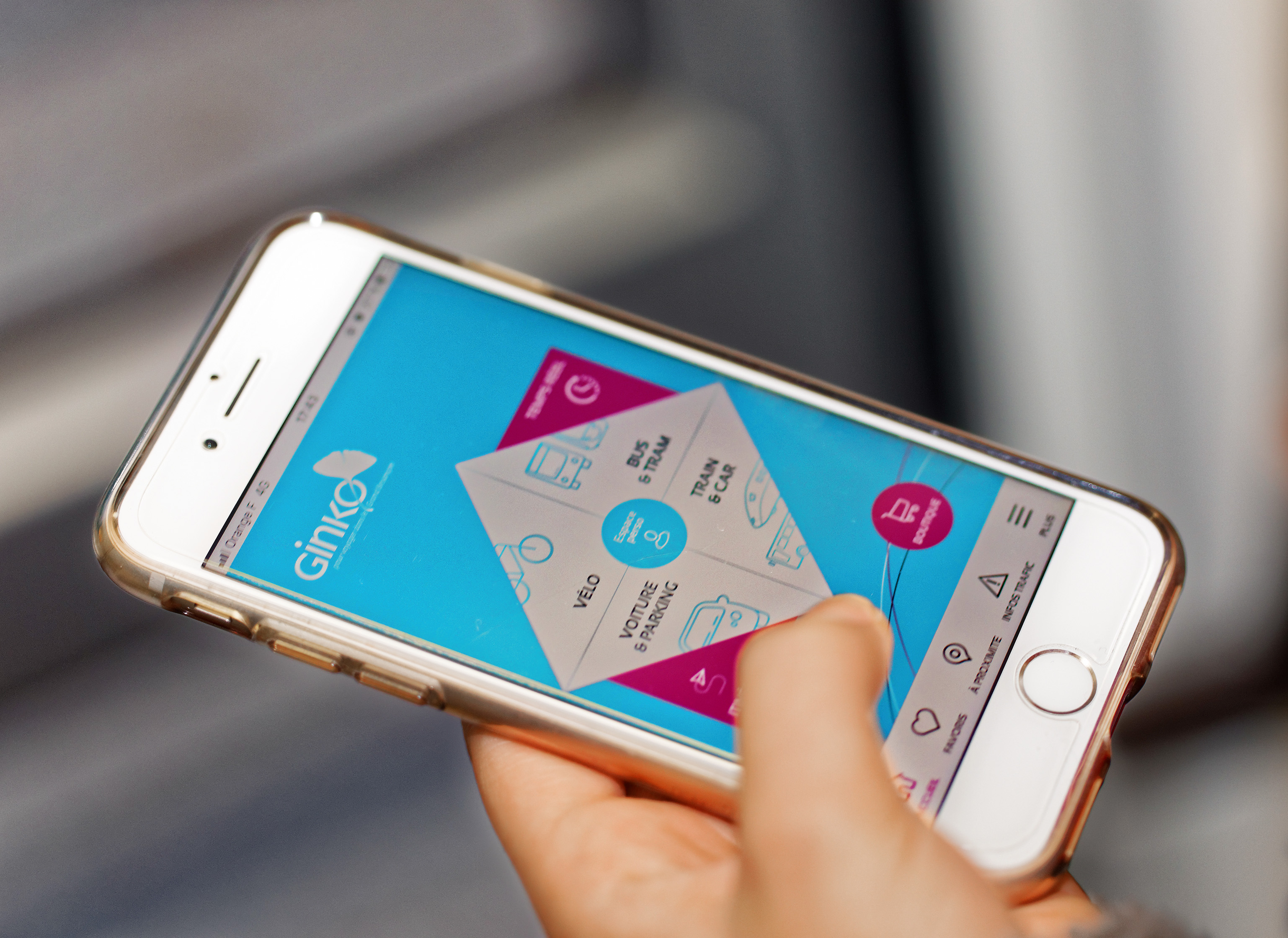
Reducing overcrowding in public transport, improving safety, enhancing network planning and management and optimising costs – passenger information and usage forecasting systems have become crucial to boost network performance and provide a better passenger experience. No need for a crystal ball to predict that travel demand forecasting solutions have a bright future ahead!
In a nutshell
In 2017, France’s SNCF initiated its Experience & Cognition study to gain deeper insights into passenger behaviour. Strand IV of the study focused on passenger flows and behaviours. In 2022, screens displaying train occupancy were trialled at stations across the Paris region. The aim was to measure passengers’ ability to read and understand the screens, while also analysing their behaviour.
